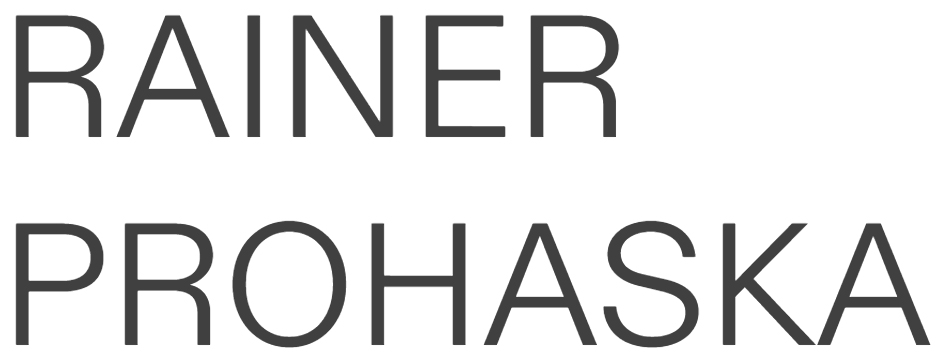
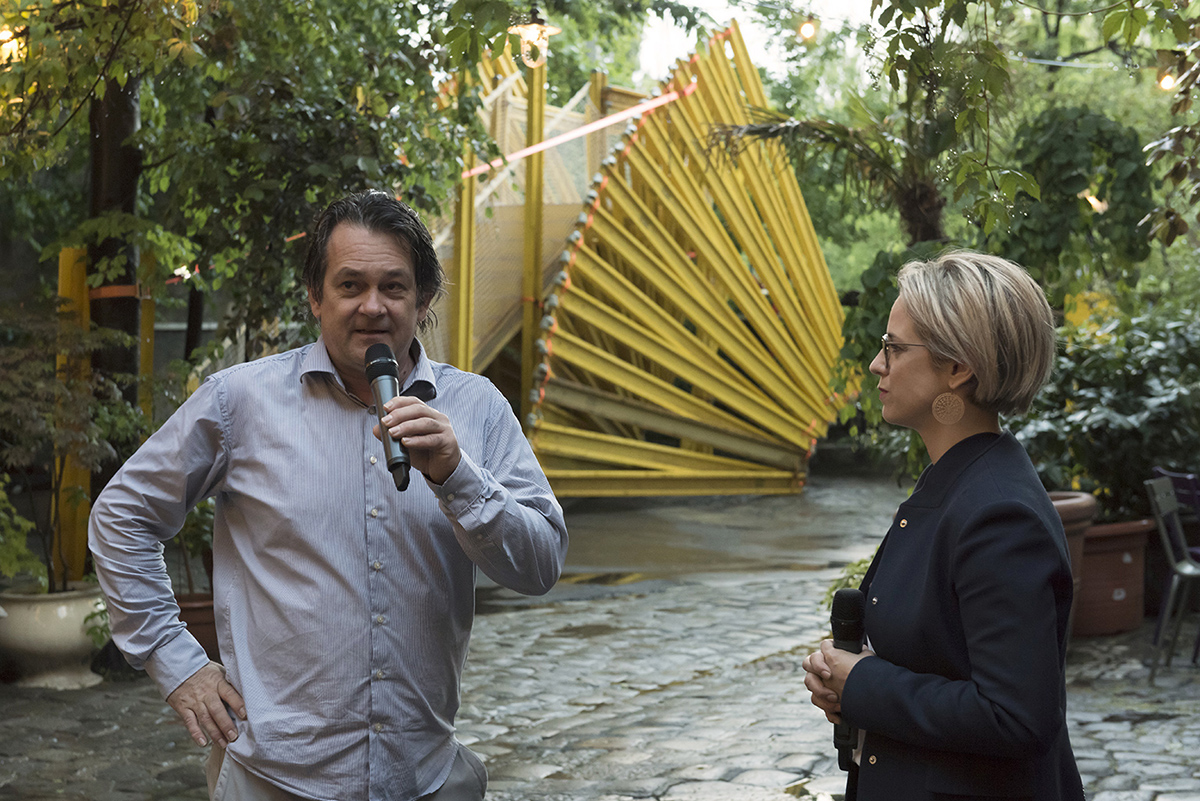




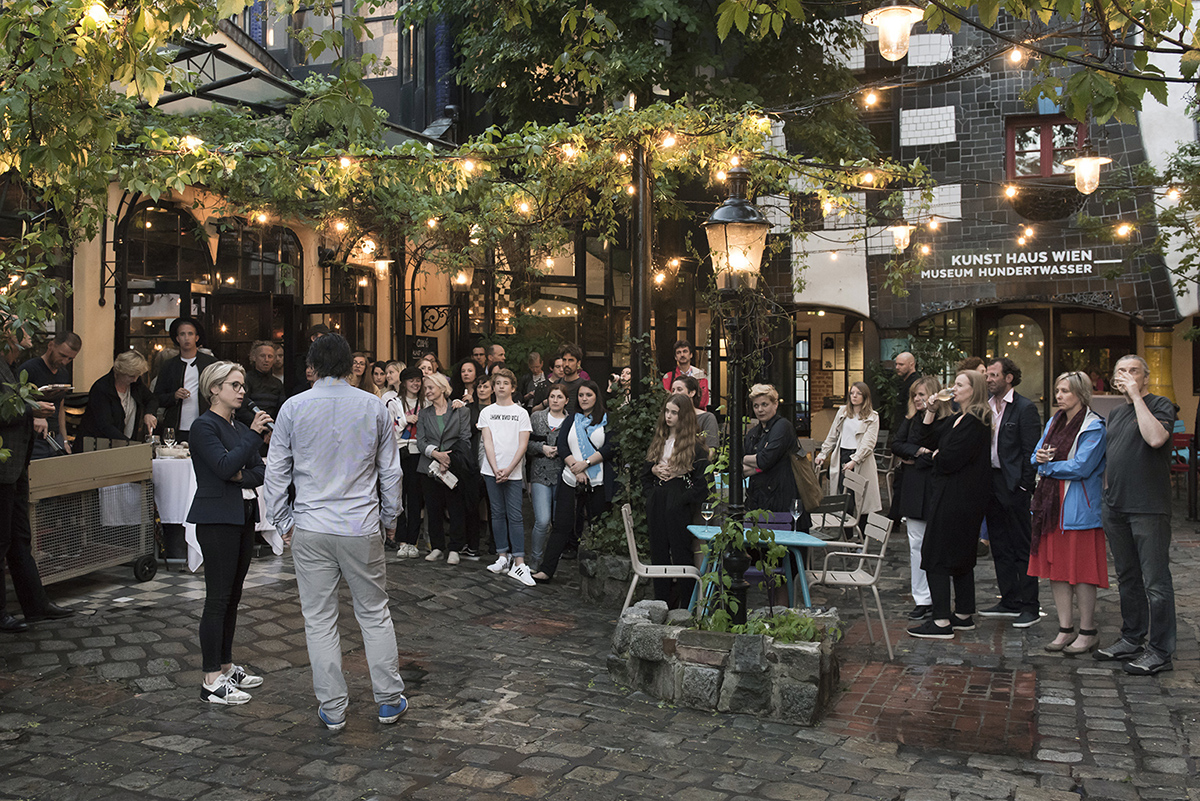
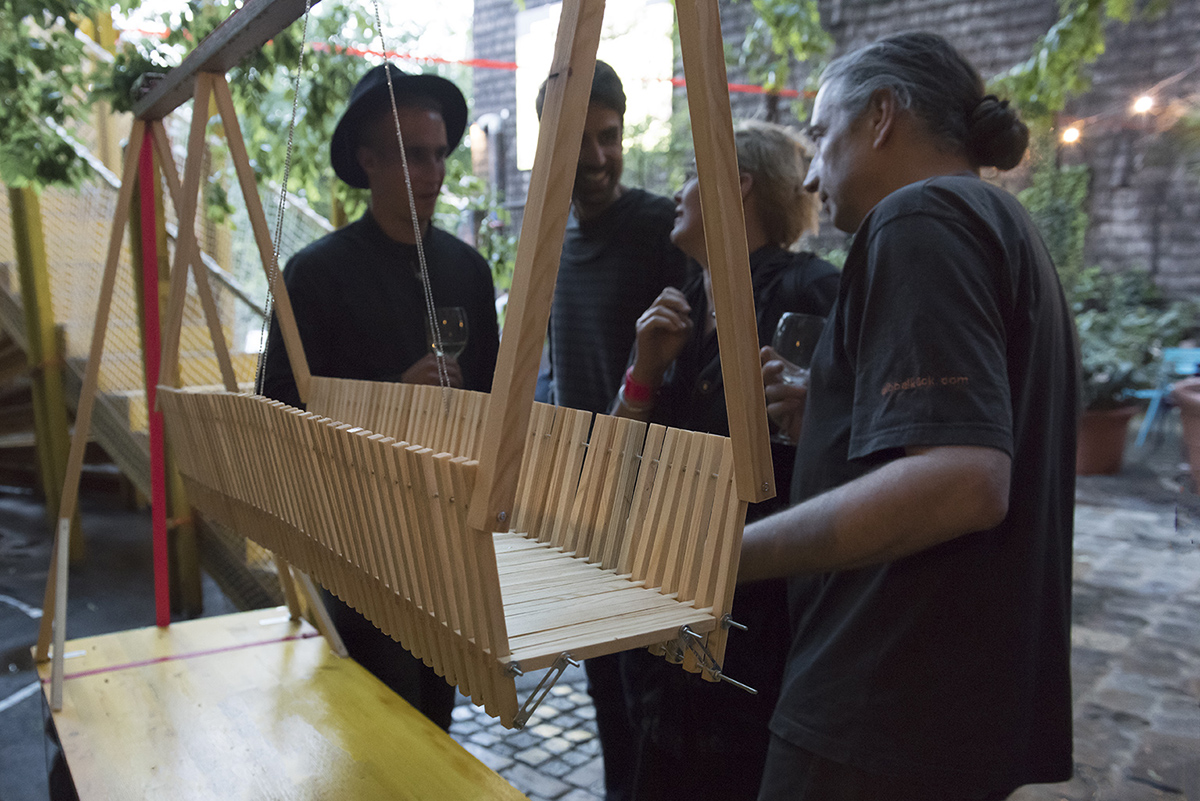



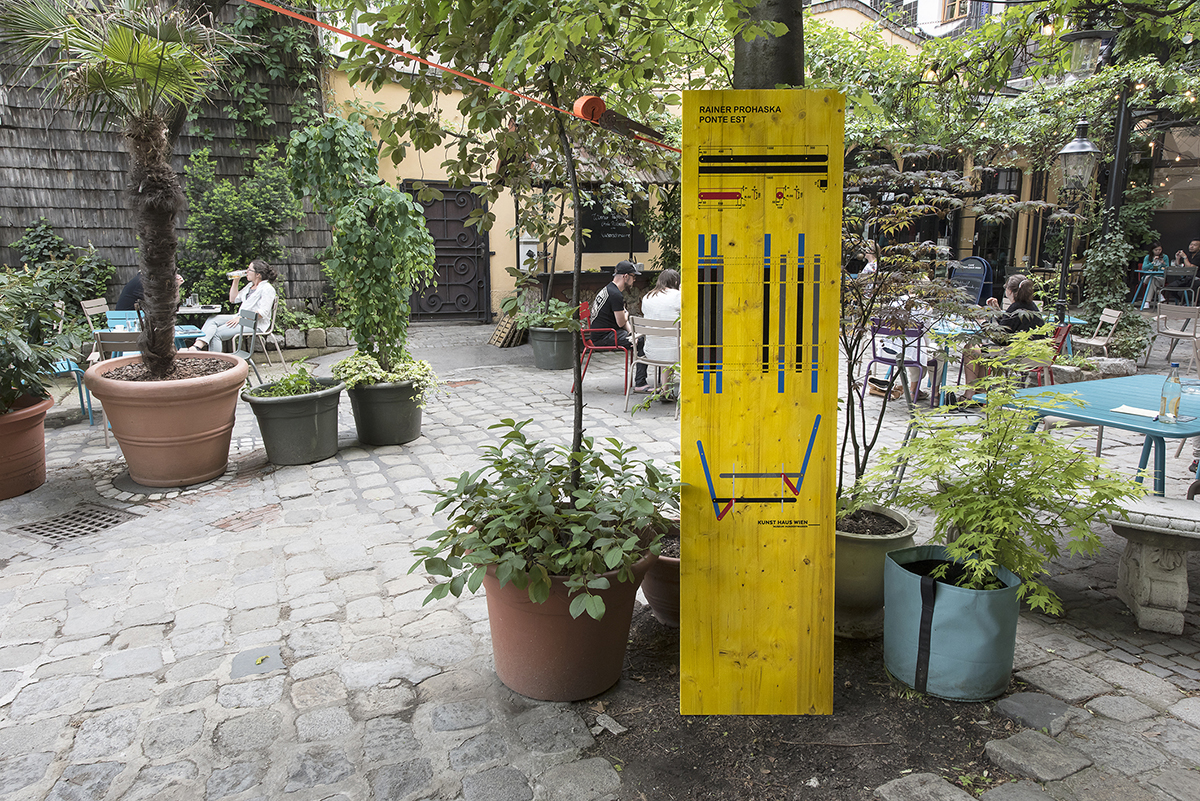
Ponte Est
Solo Exhibition
Courtyard, KUNST HAUS WIEN, Vienna, AUT, 2018
Curated by
Verena Kaspar-Eisert
Sponsored by
PERI GmbH Österreich
Supported by
Nut & Feder GmbH
Comissioned Work
Images by
Julia Gaisbacher
On behalf of the KUNST HAUS WIEN, Rainer Prohaska developed for his project Ponte Est suggestions for accessing the Danube Canal from the museum’s courtyard.
In sketches and spatial analyses, Prohaska visualized a bridge for pedestrians to cross over the street and down to the water’s edge. The bridge intends to enable access to the Danube Canal* regardless of traffic conditions while playfully opening new perspectives on the urban space below and connecting this local recreational hotspot with the residential area.
The walkable installation in the museum’s courtyard is a first prototype of this planning. Erected in the style of TOY KIT ARCHITECTURE, it forms an observation deck whose visual axes offer visitors a glimpse of potential future axes of mobility. At the same time, it offers new perspectives of the museum designed by Friedensreich Hundertwasser. In this architectural environment characterized by biomorphous shapes, Rainer Prohaska’s design principle proved yet again to be more than adequately adaptable.
*The Danube Canal forms the border of Vienna’s third district in the northeast part of the city. The KUNST HAUS WIEN is situated across a three-lane highway from this popular urban leisure destination.
In sketches and spatial analyses, Prohaska visualized a bridge for pedestrians to cross over the street and down to the water’s edge. The bridge intends to enable access to the Danube Canal* regardless of traffic conditions while playfully opening new perspectives on the urban space below and connecting this local recreational hotspot with the residential area.
The walkable installation in the museum’s courtyard is a first prototype of this planning. Erected in the style of TOY KIT ARCHITECTURE, it forms an observation deck whose visual axes offer visitors a glimpse of potential future axes of mobility. At the same time, it offers new perspectives of the museum designed by Friedensreich Hundertwasser. In this architectural environment characterized by biomorphous shapes, Rainer Prohaska’s design principle proved yet again to be more than adequately adaptable.
*The Danube Canal forms the border of Vienna’s third district in the northeast part of the city. The KUNST HAUS WIEN is situated across a three-lane highway from this popular urban leisure destination.
